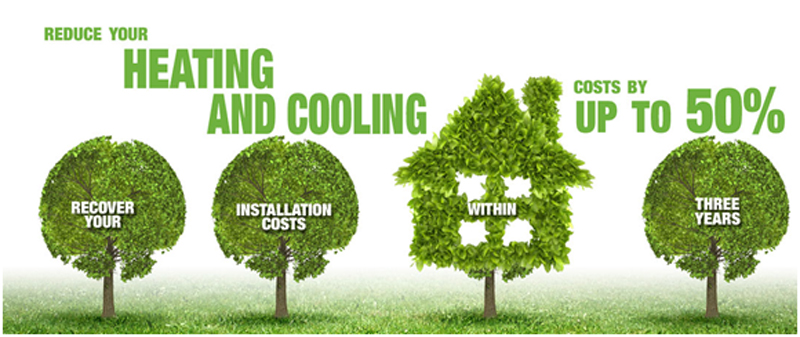Sustainability :Energy Efficiency

Energy Efficiency
Energy efficiency reduces greenhouse gas emissions, a major contributor to global warming and climate change. Energy efficiency is about more than just insulation, although insulation plays a major role.
Building orientation and layout
Having living areas and main windows facing north means they can catch the winter sun and reduce the need for heating at night. Minimising living areas and windows facing west, and to a lesser extent east, keeps out the summer sun when it is at its strongest, meaning less reliance on artificial cooling. Siting wet areas close together reduces heat loss from hot water pipes.
Shade and window treatments
Awnings, external blinds and verandas reduce summer window heat gain by 75-80%. Treated glass can achieve similar results, but with the downside of lowering heat and light gain in winter as well. Double glazing can help in Australia’s mountainous regions, but drapes and internal blinds, which create an insulating layer of air between the glass and the indoor window covering, are an option everywhere.
Ventilation and draught-proofing
Internal building layouts, including door and window location, should be designed with efficient summer ventilation in mind. At the same time, sealing gaps around doors and windows with weather stripping reduces air leakage and keeps out both hot and cold air when they are not wanted. Wet areas usually need supplementary ventilation systems.
Building materials
Optimum choice of building materials depends largely on the local climate. Heavy concrete and brick absorb and release heat slowly, diminishing the effect of rapid temperature changes in temperate areas. Lightweight construction methods, such as brick veneer and timber or fibre boards, work better in hot and humid conditions. A combination of materials – heavy for living areas, lighter for sleeping areas – derives maximum advantage from cooling night time breezes in some sub-tropical zones.
Landscaping
Thoughtful selection and placement of trees and plants outside a building can provide summer shade and cooling breeze re-direction, winter windbreaks, and even winter sunlight in the case of deciduous trees.
Energy efficient appliances
Appliances used for heating, cooling, lighting and cooking should be chosen with care, and an eye on their energy rating stars. Instantaneous gas or solar hot water systems reduce greenhouse gas emissions and save on water heating bills, which can account for up to 50% of a homes energy consumption. Insulating hot water pipes makes the system even more efficient.
There is a theme which runs through all of these energy efficiency topics, and that theme is insulation – the provision of a barrier between two areas that are substantially different in temperature. Full thermal insulation of your building – preferably at the design stage but certainly possible as a retrofit – typically adds about 2% to construction costs but reduces heating and cooling costs by up to 50%. This means that you will usually recover your installation costs within three years, and bank the savings every year after that. MMT Acoustix products make sound economic, environmental and socially responsible sense.




